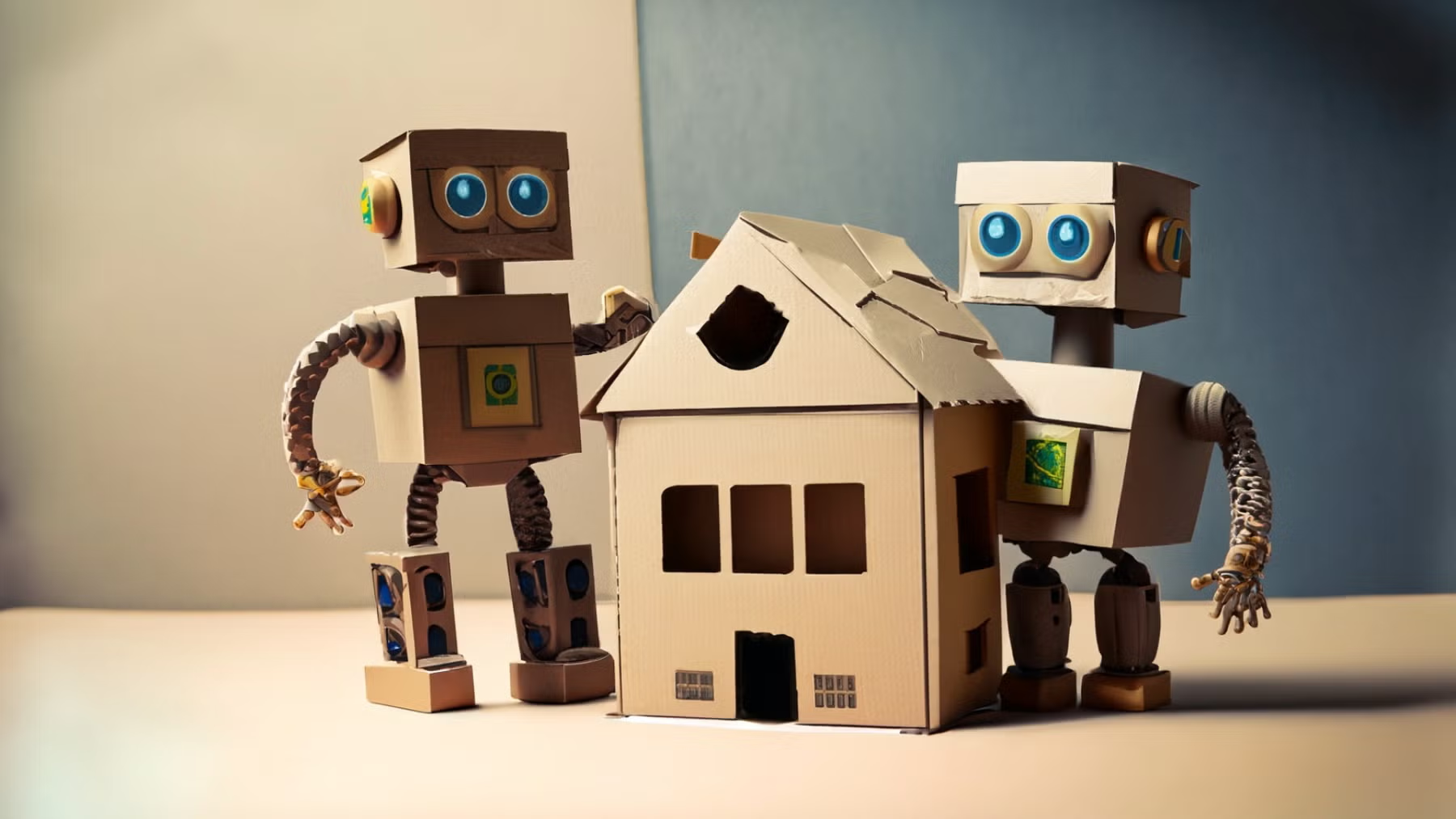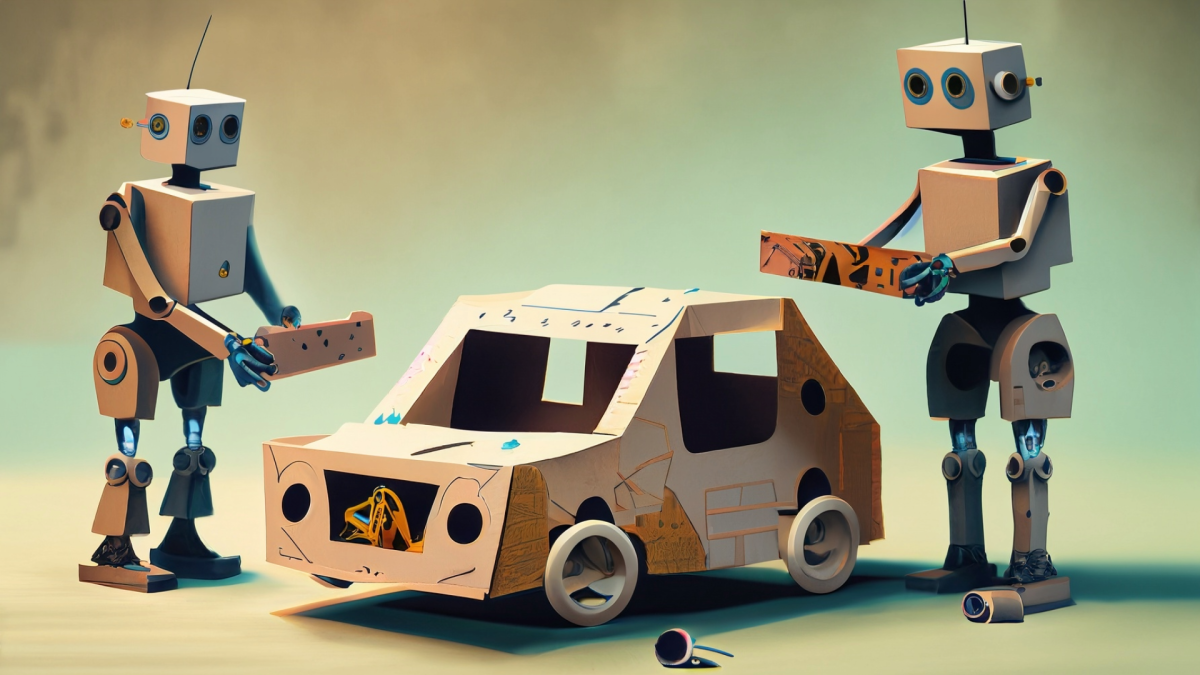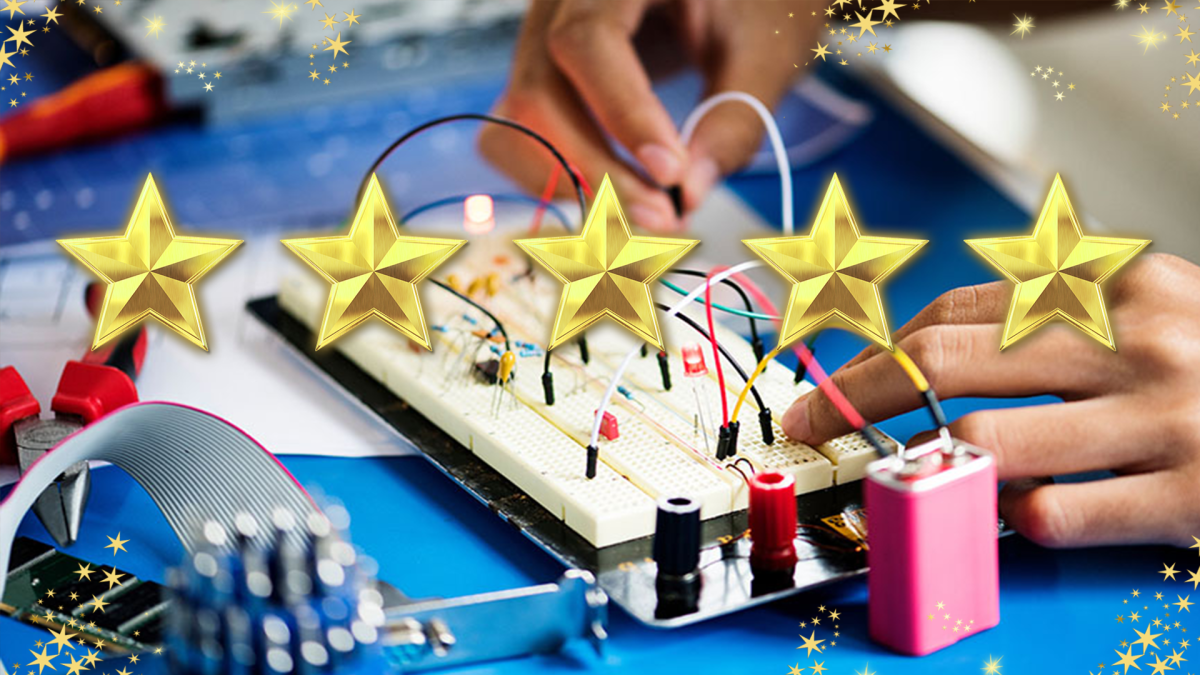
Owning Our Space
Using the engineering design process, students will identify a structural or spatial problem on their school campus and then plan, design, evaluate and redesign a structural and spatial solution while applying the grade-appropriate understanding of area and perimeter and correctly calculating those measurements for their model and the real life application.
Lesson Plan Link/URL
https://docs.google.com/presentation/d/1aaemVPwpLnCUugetn1bk_EYKAv8qyBpp/edit?u…Subject Area
Engineering S2: Apply the Engineering Design Process S3: Apply Mathematics to Engineering Mathematics Number and Operations in Base Ten (NBT) Measurement and Data (MD)Related Content

Students will create flying helicopter models to change the movement and motion by changing different variables. Changing the movement of an object requires a net force to act upon it. This lesson

Students will learn about the difference between potential and kinetic energy by building a ramp. Three objects will be tested down the ramp to see which one can go the farthest. Data will be

A Shocking Dystopia: STEM Adventures in The City of Ember Part 2 of 4: A Way to See in the Dark
This lesson is PART 2 of a four-lesson unit, which focuses on futures thinking, the phenomenon of electricity, closed-system agriculture, and water as a renewable energy resource. “The City of Ember”